Local climate is a crucial consideration when selecting what kinds of chickens to raise. As a chicken owner, you’ll want to consider the temperature changes your region experiences throughout the year.
Taking both the highs and lows into account will aid you in selecting chickens that can thrive all year round where you live.
Many chickens have natural traits that protect them from the weather. Still, you may need to supplement these breeds with specialized care during certain seasons.
Some chickens may need petroleum jelly on their combs and wattles to protect them from frostbite during the winter.
Alternatively, you might need to provide shaded areas to help them avoid heat stroke during the hottest months.
So, what breeds of chickens are best suited to the weather in Iowa? Let’s look into it.
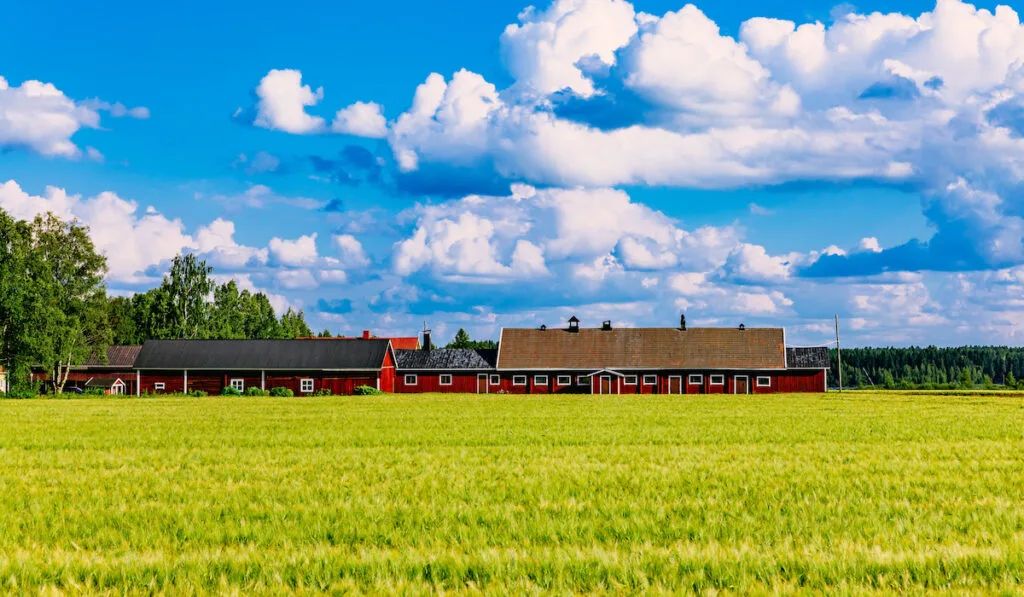
Table of Contents
Iowa’s Climate
The state of Iowa has four true seasons.
In the summer, the average high reaches 85℉ (29℃).
In the spring and fall, the weather is temperate.
During these months, low temperatures can be cool but not freezing. High temperatures can reach the mid-70s Fahrenheit (20s Celsius).
Iowa is particularly notable for its long, cold winters, where temperatures reach well below freezing. Freezes start in November and last until March.
In the heart of winter, the average lows range between 16℉ and 12℉ (-9℃ and -11℃).
9 Chicken Breeds Best Suited for Iowa
Due to Iowa’s climate, chickens living in this state must be cold hardy.
It’s important to know what traits put chickens at risk in cold weather. Chickens with feathered feet and legs, large combs and wattles, and curly “frizzle” feathers tend to fare worse.
Bantam varieties are also at a disadvantage. Their small bodies do not insulate them against the cold.
On the other hand, thick feathers, large bodies, and small combs and wattles can help chickens make it through Iowa’s five months of extreme cold.
Here are nine egg-laying breeds well-equipped to live in Iowa.
1. Ameraucana
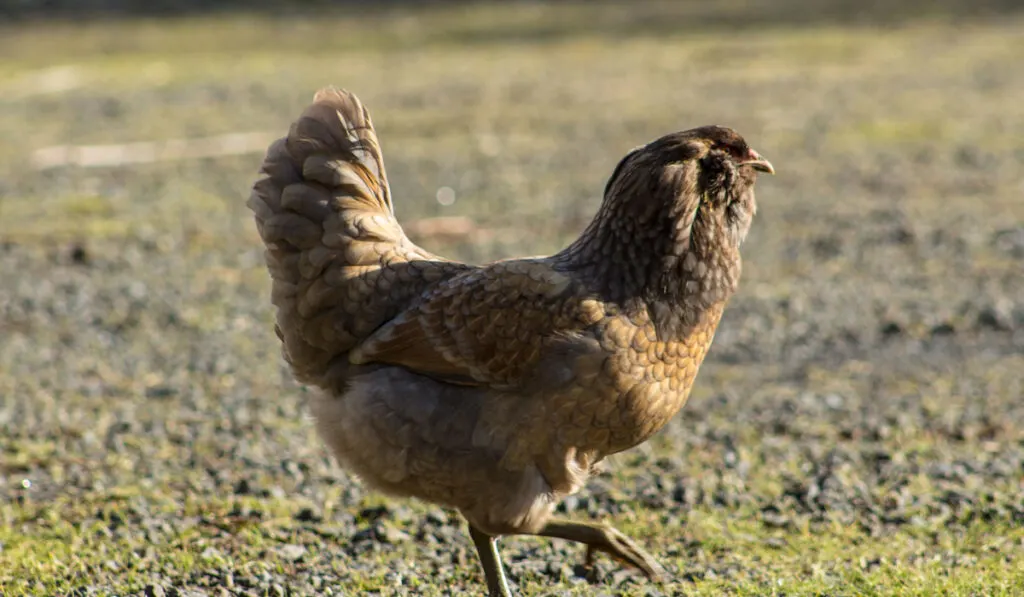
This is a relatively new breed, first developed about fifty years ago. It originated from efforts to have the benefits of the Araucana breed without some of its less desirable traits.
These low-maintenance chickens are famous for their vibrant blue eggs. They lay about 200 of them each year.
Ameraucanas’ pea combs and small wattles help protect them from frostbite. While they come in a bantam size, the larger variant is a better choice for cold climates.
2. Brahma
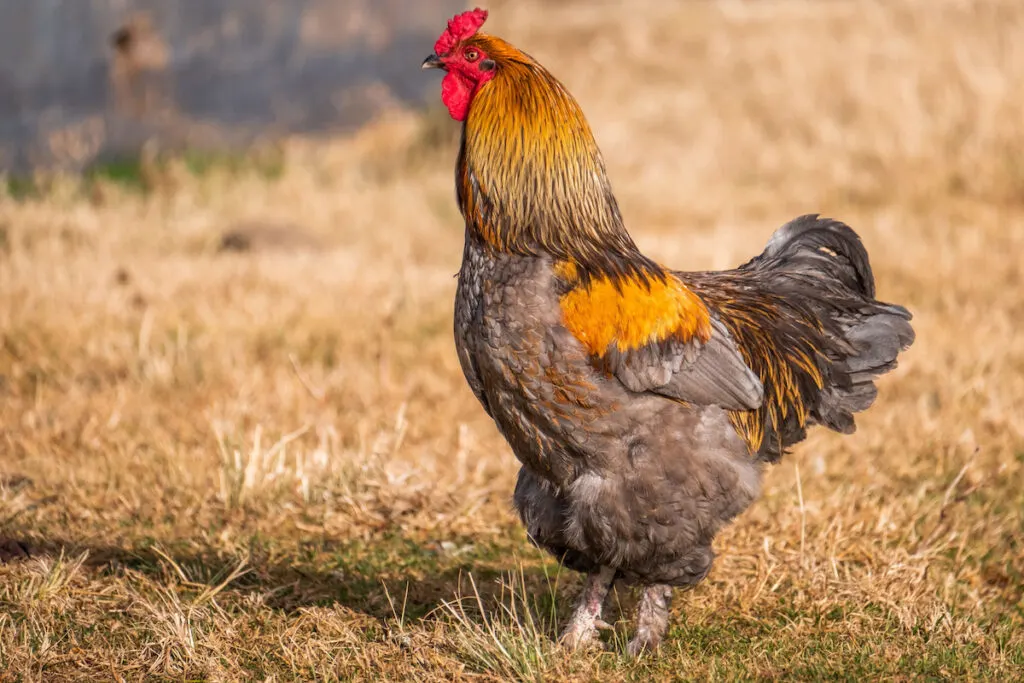
These large, dual-purpose chickens originated in the 19th century. They descended from Asian breeds that were imported into the United States and crossed with each other.
Brahmas’ large bodies, heavy feathers, and pea combs all help protect them in the cold of winter. They are known as one of the best breeds for cold climates.
Full-size chickens are a better choice than bantams in a state like Iowa.
These chickens are usually sweet-natured. They lay 140 to 240 eggs per year, including during the winter.
3. Buckeye
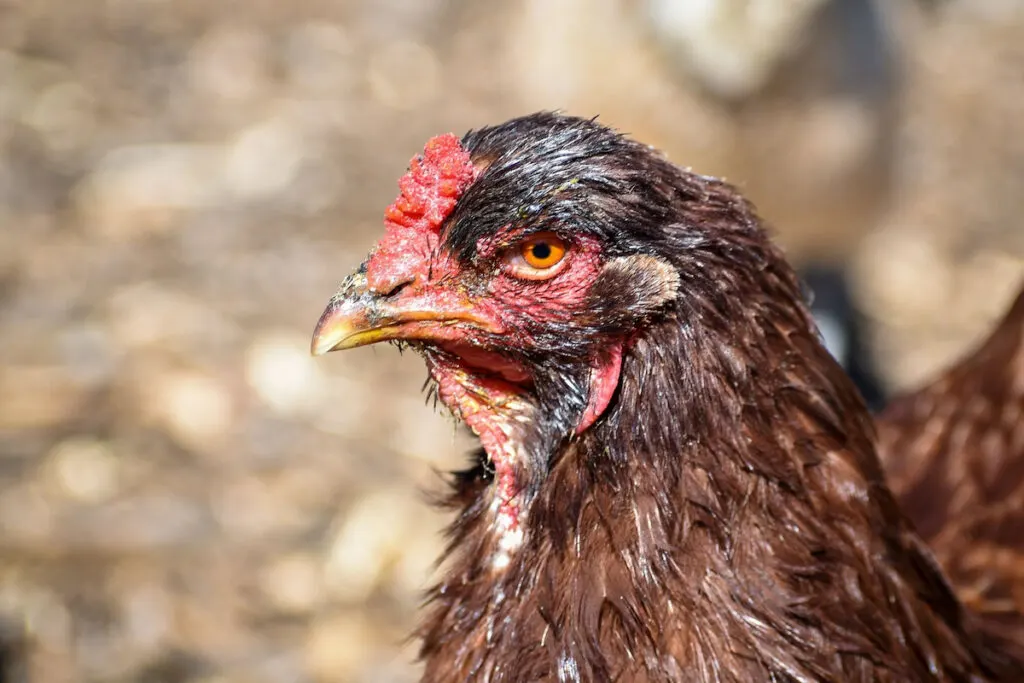
This breed has the special distinction of being created by a female breeder. This is not true of any other recognized variety of chicken in the United States.
Buckeyes are dual-purpose chickens. While they can handle confinement, free range is usually the best choice for keeping them.
They lay between 150 and 200 eggs per year. In addition, their small combs help lower their risk of frostbite in the winter.
4. Chantecler
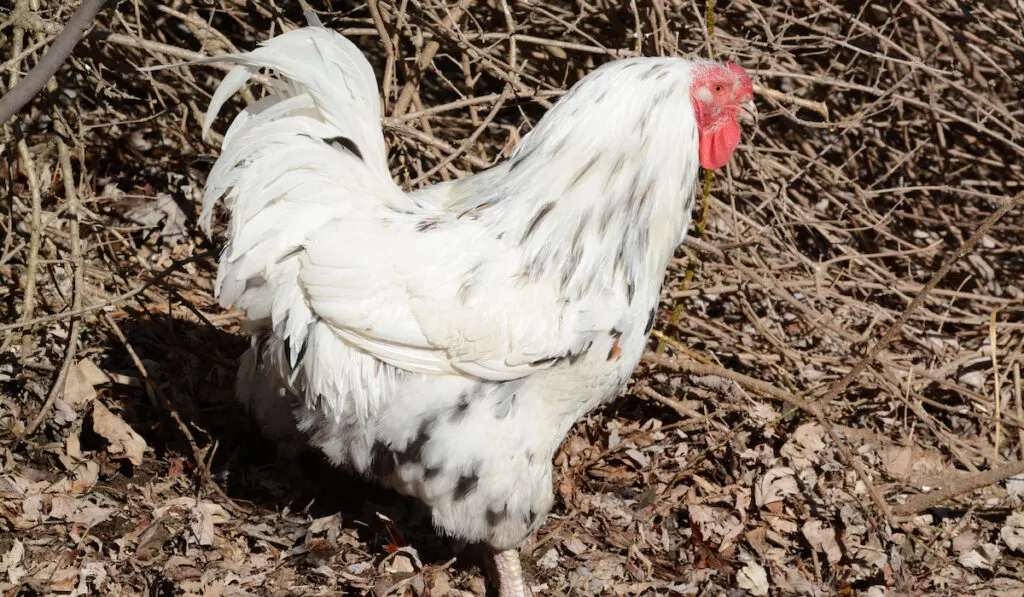
Since this dual-purpose breed was first developed in Canada, making it cold-hardy was a high priority.
Chanteclers have uniquely thick feathers that insulate them well against the cold. Meanwhile, their cushion combs and small wattles protect them from frostbite.
On average, they lay 180 eggs per year. Unlike some breeds, they do not stop laying during the winter.
5. New Hampshire Red
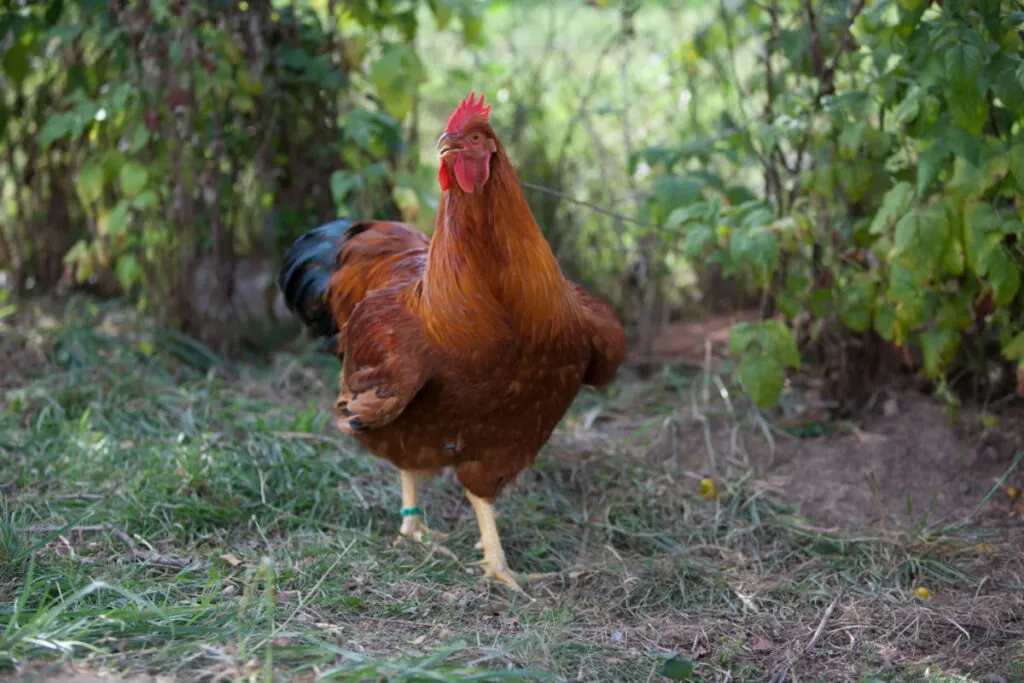
New Hampshire Reds originated from the selective breeding of Rhode Island Reds in the early 19th century.
Although New Hampshire Reds were first bred for meat, they are dual-purpose. The hens produce between 200 and 220 eggs per year.
As their New England heritage suggests, these chickens are cold hardy. Their plump bodies keep them warm in the cold of winter.
6. Orpington
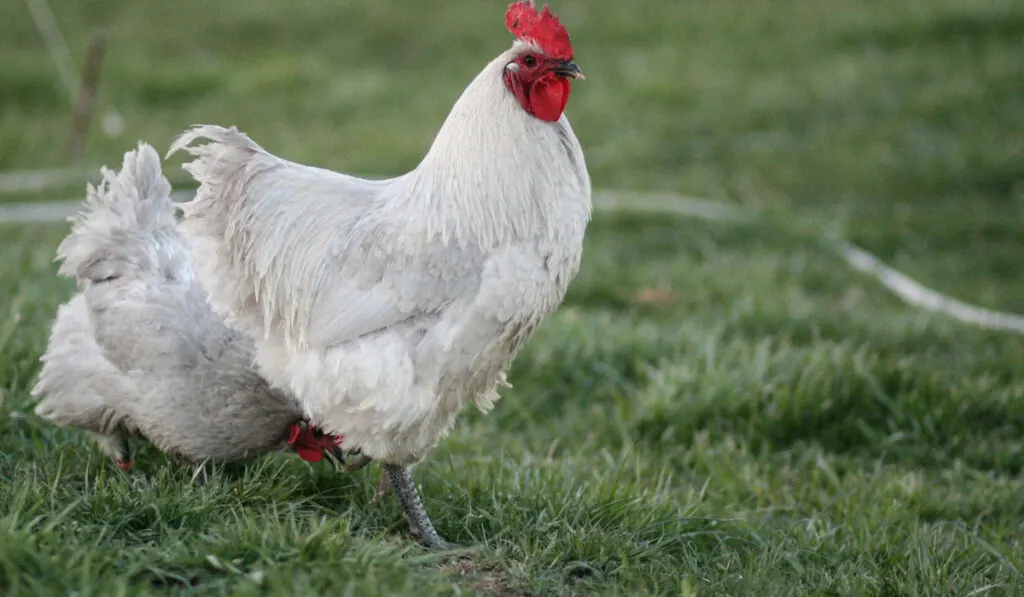
These low-maintenance, dual-purpose chickens were first bred in England in the mid-19th century.
Orpingtons are productive egg layers. They can lay 180 to 280 eggs each year.
Because of their large body size and thick feathers, chicken owners often recommended them in cold climates.
However, their larger combs put them at risk for frostbite. Chicken owners in Iowa may need to apply petroleum jelly to Orpingtons’ combs in the winter to protect them.
7. Rhode Island Red
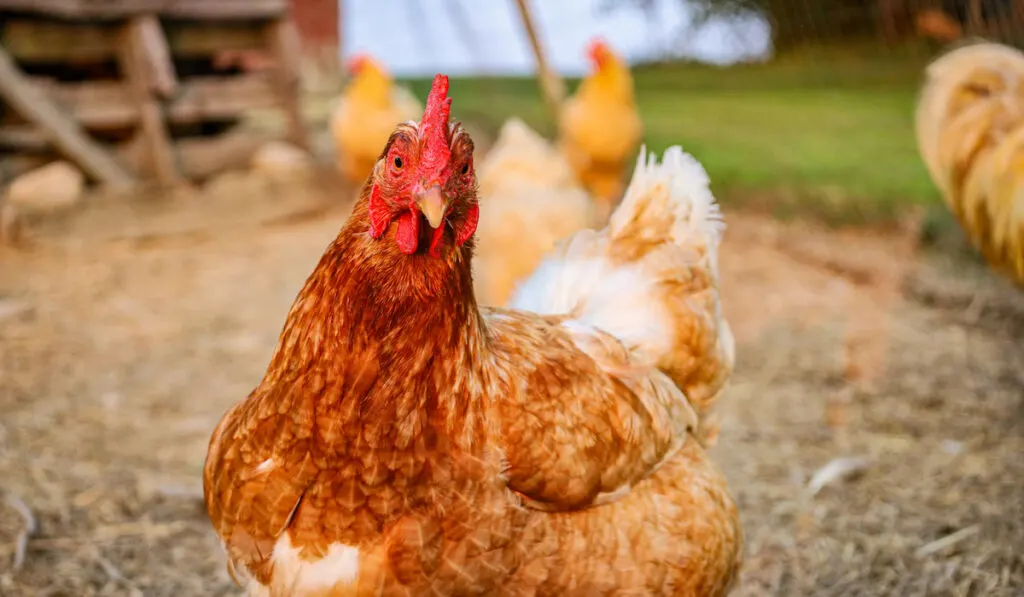
These predecessors of the New Hampshire Red breed are also great chickens to keep in a cold climate. Their large bodies and heavy feathering help protect them from harsh weather.
While Rhode Island Reds are dual-purpose, they are most popular as laying chickens. They average 280 eggs per year.
In addition, these chickens are known for being friendly and good with children.
8. Welsummer
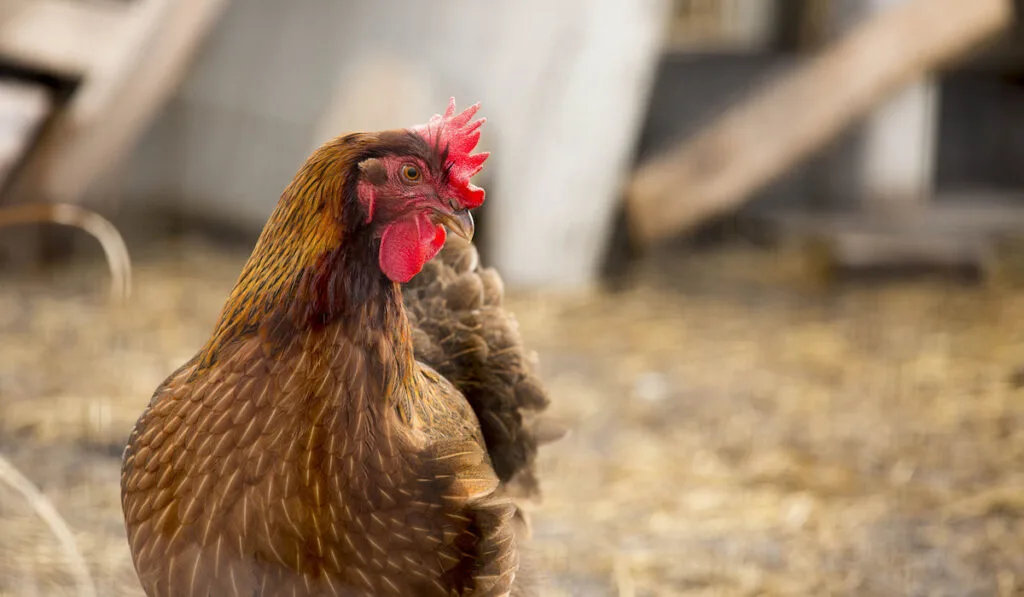
Welsummers originated in the Netherlands. As such, it’s not surprising that they are well adapted to the cold.
The hens have small combs and wattles that keep them safe from frostbite. Overall, these chickens are known for being hardy and cold-tolerant.
In addition, Welsummers are considered an exceptionally intelligent breed.
In an average year, these dual-purpose chickens lay between 160 and 250 eggs.
9. Wyandotte
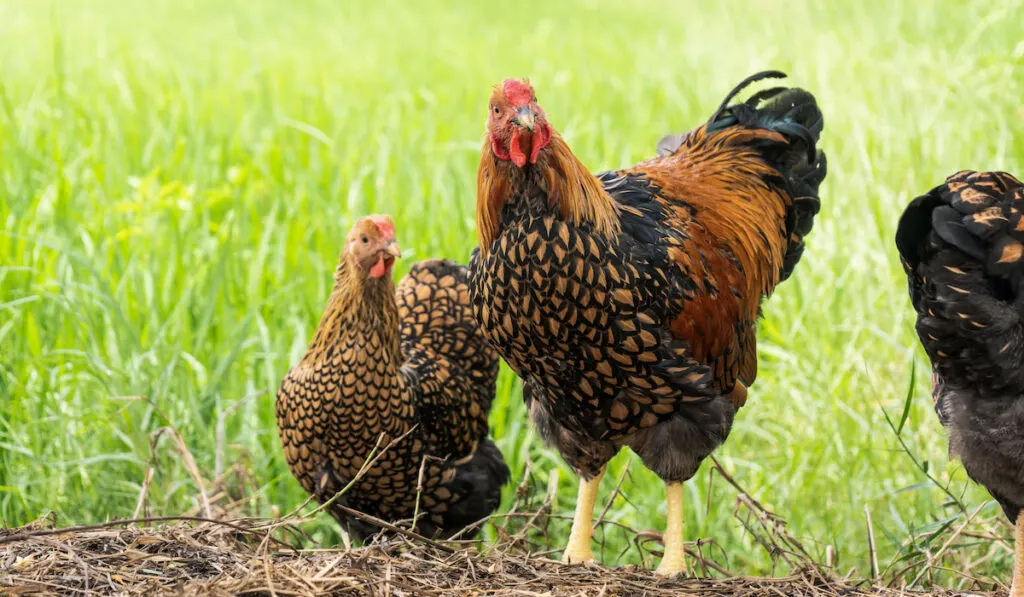
While this breed is known for being beautiful, it is also quite practical. Wyandottes’ plump bodies, fluffy feathers, and small rose combs help them thrive in cold climates.
These dual-purpose birds generally lay from 150 to 200 eggs each year. They continue laying eggs in the winter.
Concluding Thoughts
Different chicken breeds’ unique traits can impact their ability to tolerate extremes in weather.
Some breeds are uniquely adapted to heat, and others to cold. Then there are hardy chickens that can thrive in almost any temperature.
Iowa experiences long, cold winters. As such, it is best to choose cold-hardy chickens to raise in this state.
The egg-laying breeds listed above all have traits that enable them to endure Iowa’s weather.
